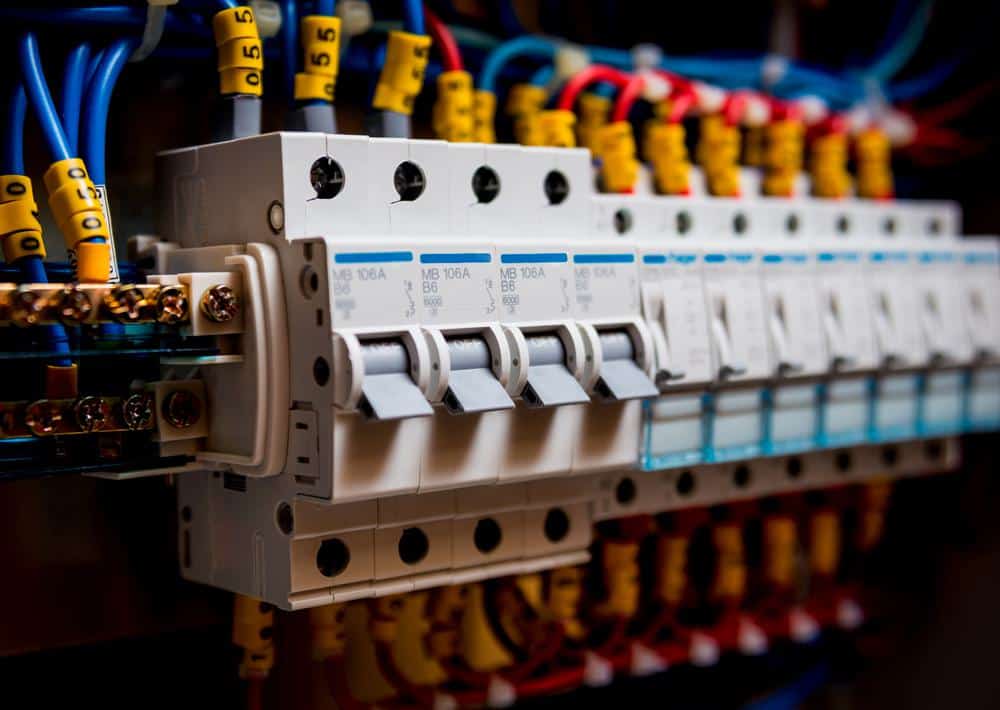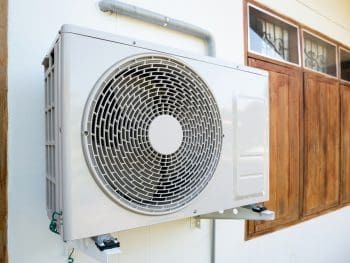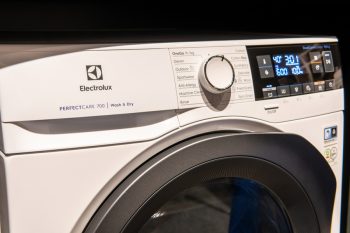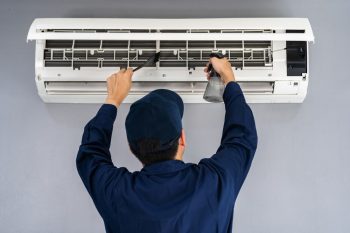
A 2-pole circuit breaker, known in the electrical world as a double-pole breaker, is a vital component in the protection of your home’s electrical circuits. This type of breaker is designed to handle the load of heavy appliances or items that require more than 120 volts of electricity. In this comprehensive guide, we will delve into the details of what a 2-pole circuit breaker is, how it functions, its key features, and much more.
A 2-pole circuit breaker, also known as a double-pole breaker, is a type of circuit breaker that is designed to handle the load of heavy appliances or items requiring more than 120 volts of electricity. It has two switches that protect two energized wires simultaneously, and is typically used for 240-volt loads. This breaker serves to protect electrical circuits from excess current, preventing wires from overheating and reducing the risk of electrical fires.
Key Features of a 2-Pole Circuit Breaker
A 2-pole circuit breaker has several distinct features that set it apart from other types of breakers:
- Double Switch: Unlike single-pole breakers, 2-pole circuit breakers have two switches. These protect two energized wires simultaneously.
- Voltage and Amperage Ratings: These breakers are rated for 120/240 VAC and have specific amperage ratings, typically between 20 to 60 amps.
- Size: They are larger than single-pole breakers, occupying twice the amount of room in a panel.
- Shared Trip Mechanism: 2-pole circuit breakers consist of two single-pole breakers with one handle. This shared trip mechanism ensures that both poles trip simultaneously in case of an overload or short circuit.
- Applications: These breakers are commonly used for 240-volt loads, including major appliances or further distribution boards.
- Protection: Like other circuit breakers, 2-pole breakers protect electrical circuits from excess current. This prevents wires from overheating and reduces the risk of electrical fires.
How Does a 2-Pole Circuit Breaker Function?
A 2-pole circuit breaker works by protecting two separate circuits simultaneously. Inside the breaker box, there are energized metal plates called “hot” bus bars. Each pole on these bars carries 120 volts of electricity. When wired, a double-pole breaker uses two hot wires connected by a single neutral wire, allowing the breaker to distribute power to two loads and control both lines simultaneously.
If a short circuit occurs on either of the wires, both switches will trip, cutting off the power supply to the connected appliance. This simultaneous tripping ensures the safety of the electrical system and the connected appliances.
When to Use a 2-Pole Circuit Breaker?
A 2-pole circuit breaker is typically used when a device or appliance requires more than 120 volts of power. These are commonly found in residential homes powering large appliances such as air conditioners, electric ranges, and dryers. They can also be used in installations in the European Union to provide overcurrent protection for both the line and neutral conductors.
Installation and Maintenance of a 2-Pole Circuit Breaker
Safety should always be the top priority when installing and maintaining a 2-pole circuit breaker. It’s important to wear appropriate personal protective equipment and follow the manufacturer’s instructions. Regular maintenance, including inspection, cleaning, and retorquing, is necessary to ensure the breaker functions properly. Always remember that working with electrical systems can be dangerous, and if you are not confident in your ability to safely install or maintain a circuit breaker, it’s best to consult a licensed electrician.
Conclusion
In summary, a 2-pole circuit breaker is a safety device designed to protect electrical circuits that require higher voltage and power, such as large appliances. Its ability to handle higher power capacity, protect two wires, and ensure safety during hands-on service makes it an invaluable component in any electrical system. However, like any other equipment, it requires proper installation and regular maintenance to function effectively. Always consult with a professional if you are unsure about any aspect of its operation.
Frequently Asked Questions
What is the difference between a 2-pole circuit breaker and a single-pole circuit breaker?
A single-pole circuit breaker is designed to protect one energized wire and is typically used for 120-volt circuits. On the other hand, a 2-pole circuit breaker, also known as a double-pole breaker, is designed to protect two energized wires simultaneously and is used for 240-volt circuits.
Can I replace a 2-pole circuit breaker by myself?
While it’s technically possible to replace a 2-pole circuit breaker by yourself, it’s strongly recommended that you hire a licensed electrician to do the job. Working with electrical systems can be dangerous if you’re not fully trained and equipped.
How can I tell if my 2-pole circuit breaker is faulty?
Some signs of a faulty 2-pole circuit breaker include frequent tripping, a burning smell coming from the electrical panel, physical damage to the breaker, and appliances or lights that are flickering or not working properly.
Is a 2-pole circuit breaker more expensive than a single-pole breaker?
Generally, 2-pole circuit breakers are more expensive than single-pole breakers due to their larger size and increased functionality.
Can a 2-pole circuit breaker be used in place of two single-pole breakers?
While it might be technically possible, it’s not recommended. The wiring and voltage requirements of a 2-pole breaker are different from those of two single-pole breakers. Using a 2-pole breaker in place of two single-pole breakers could potentially lead to electrical issues. Always consult with a professional electrician if you’re unsure.












